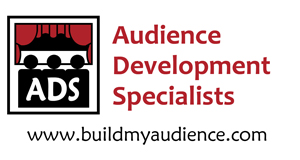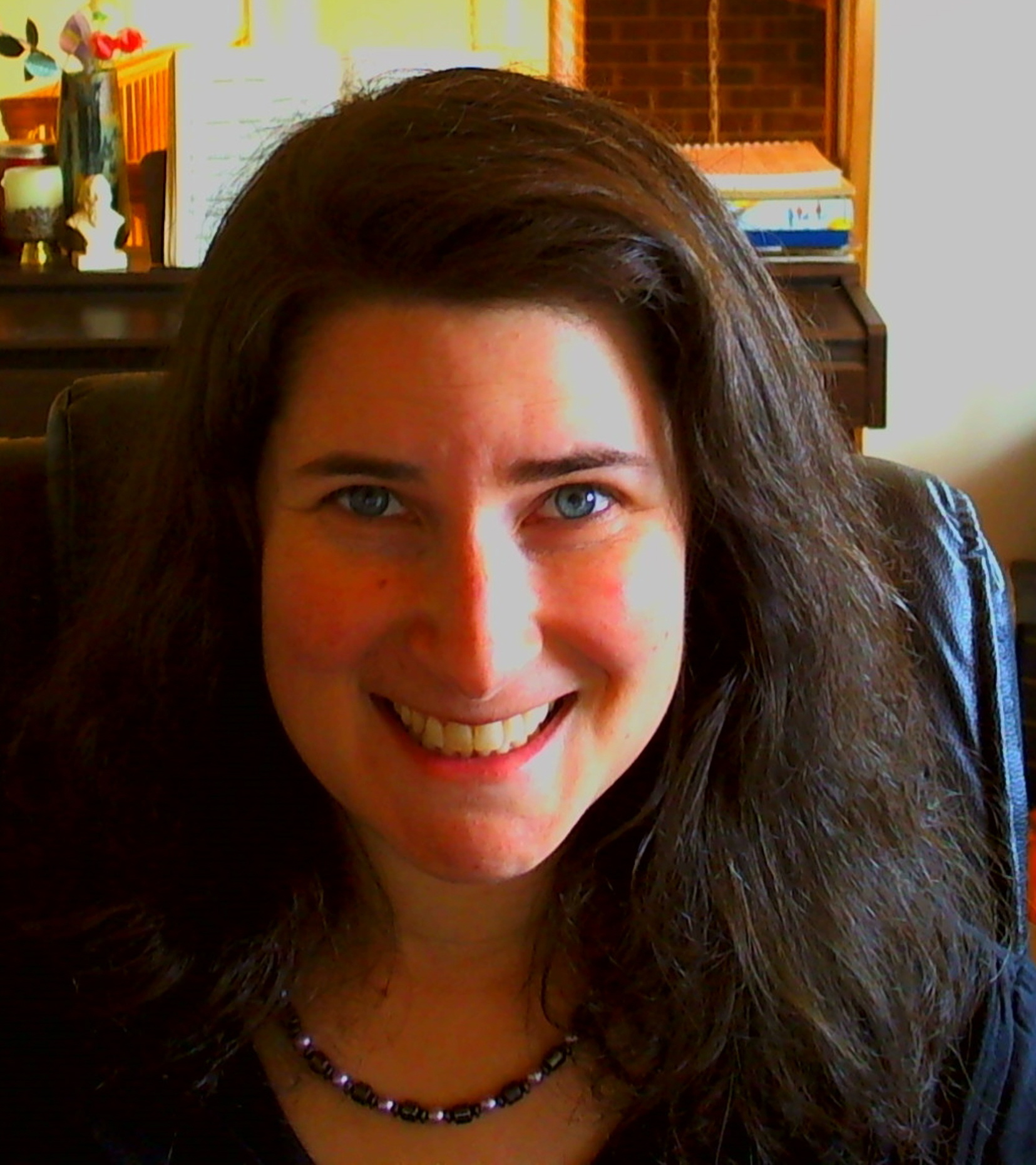I had the pleasure of meeting in person one of my twitter friends, Misha Penton, during her visit to Boulder, CO this week. Misha is a mezzo soprano from Houston, TX that formed her own “Opera, Classical Vocal Music & Multidisciplinary Performance Arts” ensemble company. This mouthful became Divergence Vocal Theater.
After many tweeted conversations about audience development, Misha informed me that her company is not a non-profit, but functions on a project by project basis under the fiscal agent The Field in New York. The Field is:
Founded by artists for artists, The Field has been dedicated to providing impactful services to thousands of performing artists in New York City and beyond since 1986. From fostering creative exploration to stewarding innovative fundraising strategies, we are delighted to help artists reach their fullest potential.
I have been seeing similar agencies and formats around the country being created to help artists meet their needs without them having to incorporate. We in Boulder have our Boulder County Arts Alliance.
During our dinner conversation, we began discussing the typical non-profit business structure. There were specific questions that came up:
- Is this structure resilient enough to meet the challenges of our current modern world?
- Does the larger non-profit structure create a barrier between artists and audience?
- Is there too much “red tape” involved for every decision to be made?
- And, is there too much talk and not enough action in a non-profit structure?
- Does the non-profit business structure need to evolve?
- Is the non-profit structure comfortable for the new generations (GenX and GenY)?
Misha admitted how easy it is to implement new ideas and engage with her audience without having to consult a board every time they wanted a new idea to be brought to light. With having a fiscal agent, she was still able to do the standard fund raising necessary for her projects. She contracts the ensemble members for each project. Each project can be what it wants to be. Collaborations can be formed easily. It sounds like this could be a very viable way for artists to function. However, there was one drawback mentioned. Certain funding foundations do not recognize this hybrid business structure as worthy for funding. They require non-profit status or they require the agent to be in state.
The arts world is exploring new business structures. What is making me sit up and take notice is the fact that these new ventures make audience development more central to their strategic plans. They have to work with their audience and build relationships to be successful, and the very structure itself gives artists the ability and opportunity to be artists with the audience instead of simply in front of the audience.
In relation to audience development, these artists are also branching out venue wise, embracing social media technology, and interacting with their audience in fascinating ways. They are blazing new trails in a blink of an eye. The majority are smaller ensemble organizations that are more mobile and have the ability to be more one-on-one with their fans. Misha and I likened this structure to how bands are currently functioning and promoting themselves. Could it then be possible for these artists to obtain followings that could potentially catapult them into “rock star” status? The arts world could certainly use this type of recognition. Right now these artists and projects are being covered in the news and spread around the internet (very buzz worthy). Obtaining an audience seems to become easier and easier over time for these artists.
Perhaps the arts world in general needs to evolve or continue to explore the current evolution that is in process as a community. Perhaps we need to begin advocating for more support of these independent yet collaborative artists to obtain equal grounds for funding.
I did mention that certain organizations do need the non-profit structure, and it can work quite well if properly managed, but one-size business structure does not fit all, and it would be good if we as a community would support and embrace these branch outs and jump on the evolution band wagon.
Cheers to happy and loyal audiences,
Shoshana
Shoshana Fanizza
Audience Development Specialists
https://www.buildmyaudience.com
Facebook/twitter /E-mazing Newsletter /Blog
“Never treat your audience as customers, always as partners.”
~James Stewart
New Services!
Hourly Phone Sessions – Do you have a question about audience development or need feedback or advice on a project or challenge? ADS can help! Special: $25/hour through the month of April.
Donate to the Audience Development Specialists Grant Fund!
YouTube Gallery – Do you have an amazing way you use YouTube to promote your art? Let ADS know, and you might see your YouTube highlighted on our new gallery!





Greetings,
Well said. I have been embattled veering away from non-profit incorporation for two years now. I am in denial and don’t want to go through all the red tape for my org. It seems heavy for these times. It does hinder the process, not to mention the $850 and heap of paperwork to get status. The trends which lead towards social networking and giving to arts projects through un-traditional means are definitely where I am at with all this. I think too to be able to function as an independent creative strategist as well as independent presenter, it is more appropriate for me to incorporate as a for profit, at least in the eyes of the state. All i know is i have sat on my ideas loooong enough and i am truly ready to launch….SOMETHING! On the right track, hopefully. Thanks for the insights contained in the blog! One love!